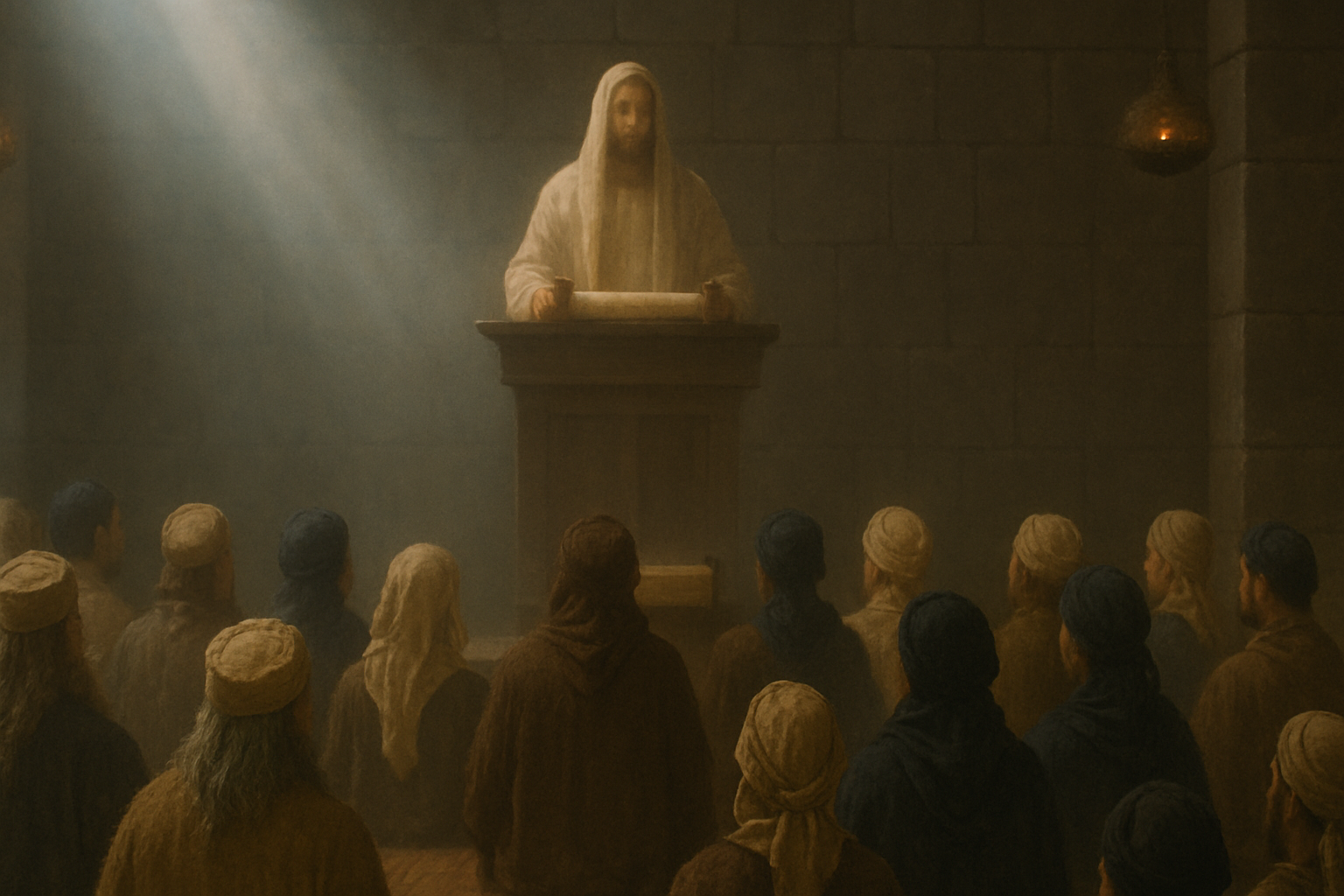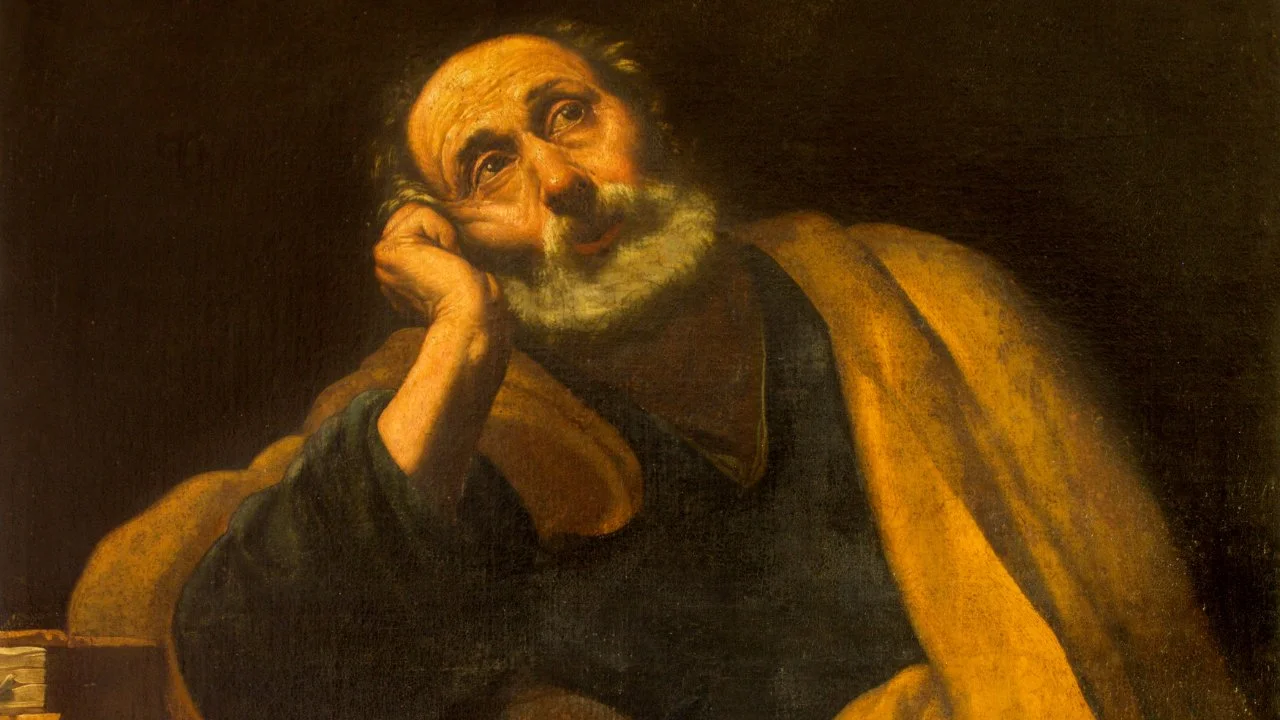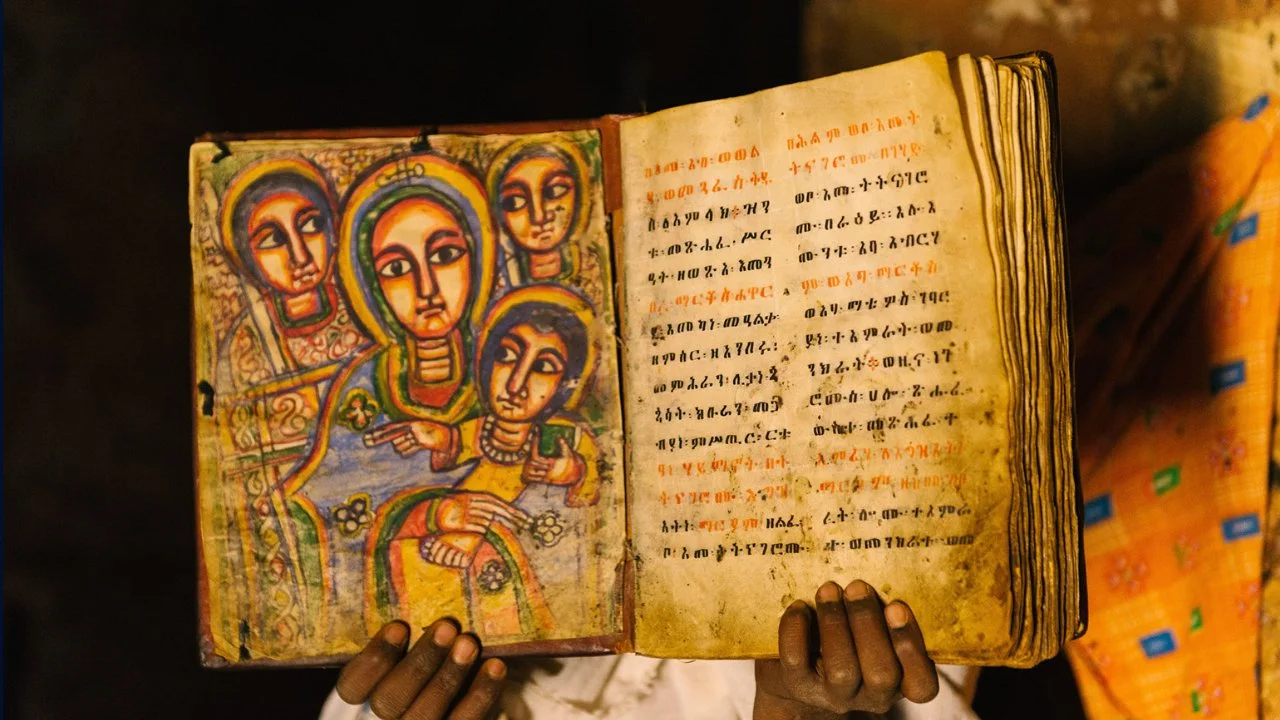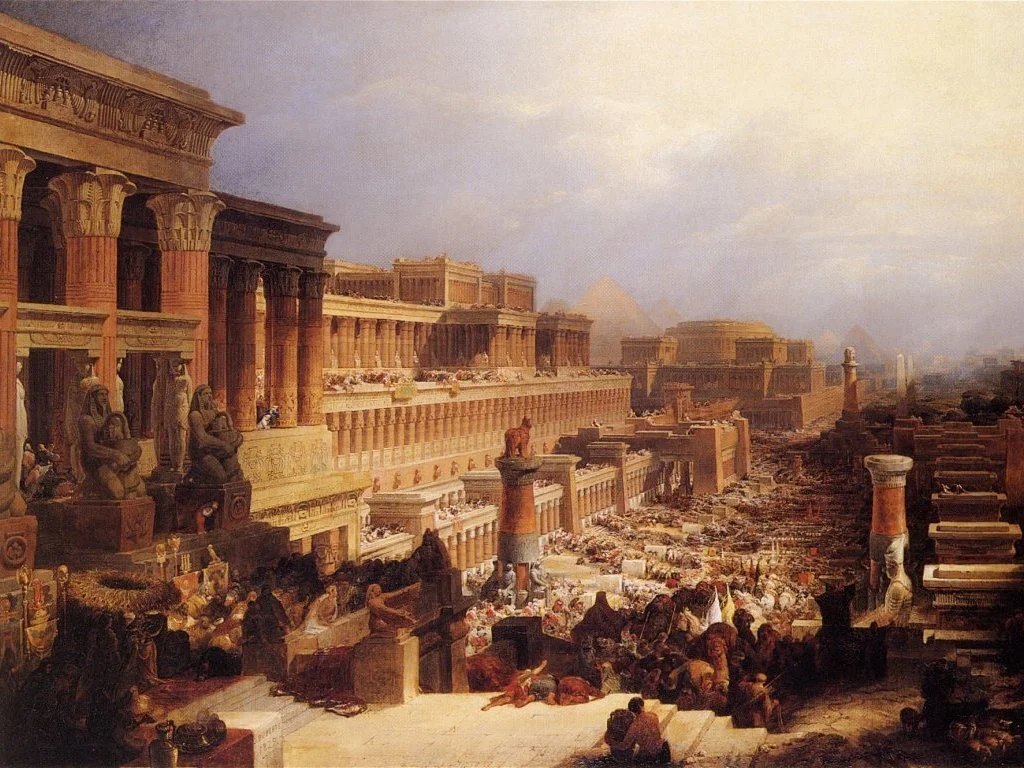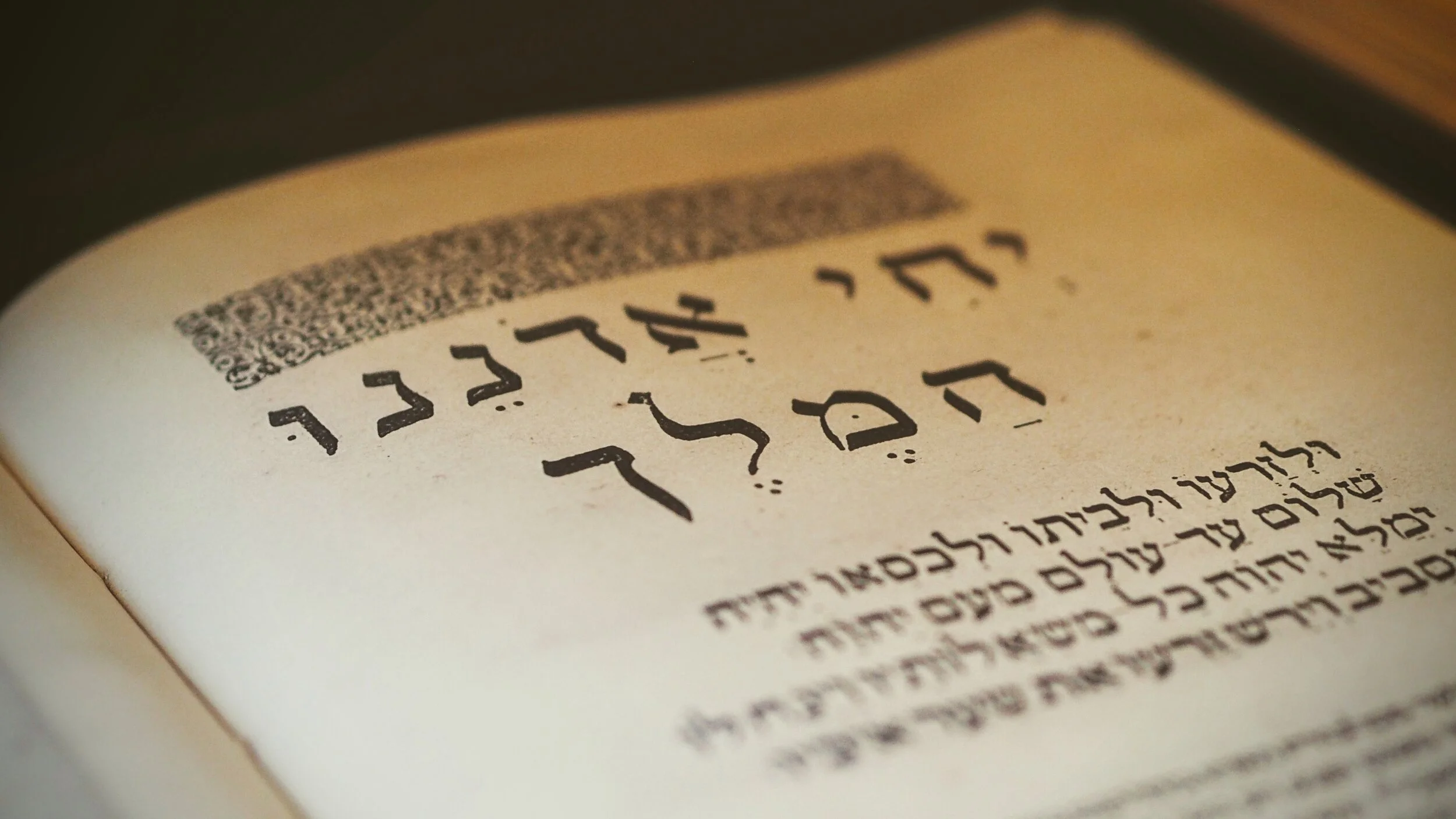Author: David Wilber
Is the Torah (Law of Moses) relevant to Christians today? Many modern Christians say no. Progressive Christians argue that God gave the Torah to the nation of Israel for only a designated time in history, and that time has ended with the death and resurrection of Christ. Thus, the Torah was not intended to inform how Christians live today.[1] Like the old heretic Marcion, some Christian leaders have even advocated for “unhitching” from the Old Testament entirely.[2] However, Jesus did not share those sentiments. In Matthew 5:17-20, Jesus affirmed the Torah’s enduring validity by emphasizing its immutability and admonishing his followers to live out its commandments better than the scribes and Pharisees.
Jesus Came to Fulfill to Torah
In Matthew 5:17, Jesus emphatically declares that he did not come to abolish the Torah or Prophets but to fulfill them. He begins with the command, “Do not think that I have come to abolish the Law or Prophets” (Matt. 5:17, ESV). According to Noel Rabinowitz, Jesus’s command against wrong thinking is intended to confront “the charge that he has abandoned the Torah of Moses.”[3] Throughout the gospels, the scribes and Pharisees repeatedly accuse Jesus and his disciples of abandoning the Torah (e.g., Matt. 12:1-14). Jesus’s statement here addresses those accusations directly. Again, he said that he did not come to abolish the Torah or Prophets; he said not even to think that he did.
What does it mean to “abolish”? According to BDAG, in this context, abolish (kataluo) means “to cause to be no longer in force…do away with, annul or repeal.”[4] Thus, to abolish the Torah, according to Craig Keener, means “to cast off its yoke, treating God’s Law as void.”[5] Jewish literature from the first century AD confirms this meaning of kataluo in the context of abolishing the Torah. For instance, 4 Maccabees speaks of Antiochus trying to force the priest Eleazer to eat pork. Eleazer refuses because, from his perspective, eating unclean meat “abolishes” the Torah (4 Macc. 5:33). Josephus also speaks of Antiochus’s attempt to pressure the Jews “to abolish their ancestral customs” (Jewish Wars, 1.34). Thus, when Jesus says he did not come to abolish the Torah or Prophets, he means that he did not come to nullify the authority of the Old Testament Scriptures. In other words, in contrast to the claims of some Christians, Jesus did not come to put a stop to or discourage obedience to the Torah’s commandments.[6]
So, what did Jesus come to do? Instead of repealing or doing away with the Torah and Prophets, Jesus said he came to fulfill them. This statement is a direct confirmation of the Torah’s enduring validity. Jesus came to affirm that the Torah’s commandments remain relevant to his followers. As Carmen Imes writes, “Jesus does not do away with the Old Testament law. He calls people back to it. And he holds them to it.”[7]
In contrast to the interpretation that Jesus affirms the Torah’s commandments in Matthew 5:17, some argue that to “fulfill” the Torah means to bring it to completion in the sense of prophetic realization, which then renders the Torah’s commandments void. According to Christian pastor Andy Stanley, “Jesus did not abolish the law when he fulfilled it. But in fulfilling it, he made it…obsolete.”[8] Similarly, progressive Christian author and LGBT activist Matthew Vines goes so far as to say, “Once Christ fulfilled the law, his followers would have trivialized his sacrifice by living as though they were still subject to the law’s constraints.”[9] Indeed, since Christ is the fulfillment of the Torah and Prophets—everything points to and culminates in him—the Torah is, as Andrew Schumacher puts it, “done away with by virtue of being fulfilled.”[10]
It is true that the Messiah fully embodies the Torah in his life and teachings, and his work on the cross certainly fulfills predictive prophecies contained in the Torah and Prophets. However, in Matthew 5:17, “fulfill” does not convey prophetic realization. First, the word “fulfill” (pleroo) is used in contrast with “abolish” (kataluo). As we’ve seen, according to the usages of kataluo in context with Torah that we find in first-century Jewish literature, “abolish the Torah” in Matthew 5:17 seems to indicate repealing the Torah’s commandments. It would seem strange for Matthew to contrast the idea of repealing the Torah’s commandments with the idea of fulfilling prophecy. A more natural contrast would be that Jesus came to affirm the Torah’s commandments. Second, the immediate context indicates that Jesus’s coming to fulfill the Torah is demonstrated in how the Torah would be lived out. In verse 19, he admonishes his followers to do and teach the Torah’s commandments. Because of these facts, in Matthew 5:17, “fulfill” is better understood as “bring to full expression=show it forth in its true [meaning]”[11] (BDAG). In other words, Jesus fulfills the Torah by teaching and demonstrating how to properly live it out on the basis of love for God and one’s neighbor. As J. Andrew Overman explains:
Matthew’s community understands, teaches, and does the law. This is the fulfillment of the law and the righteousness which surpasses that of the Matthean antagonists. If you not only teach the law but do it, applying the dominant principles of love and compassion, you have fulfilled the law and properly enacted the will of God in heaven (7:12; 12:50; 21:31). Love and mutuality, as seen in the antitheses, guide the interpretation of the valid and enduring law.[12]
Jesus’s sermon on the mount is all about bringing out the Torah’s fullest and proper application and meaning.[13] That is what Jesus means when he says he came to “fulfill” the Torah. While some read the antitheses in Matthew 5:21-48 (“you have heard it said…but I tell you”) as Jesus setting himself up in opposition to the Torah,[14] Jesus’s statement in Matthew 5:17 makes that interpretation impossible. In fact, the risk of that interpretation is the main reason Jesus says, “Do not think…” in verse 17. He preemptively dispels the notion that his teachings are anti-Torah. His antithetical statements in Matthew 5:21-48, therefore, “flow from the opening statement on the enduring nature of the Law and Prophets.”[15] He urges his followers to return “to the original intent of the Sinai instructions,”[16] a Torah observance guided by love and compassion. Jesus doesn’t overthrow the Torah; he explains it.
Not an Iota, Not a Dot
In Matthew 5:18, Jesus stresses the immutability of the Torah by stating emphatically that even the smallest details of it matter and remain intact. He says, “For truly, I say to you, until heaven and earth pass away, not an iota, not a dot, will pass from the Law until all is accomplished” (Matt. 5:18, ESV). Here, Jesus uses popular traditions within contemporary Jewish teaching of his time to underline his point about the Torah’s validity.[17] According to David Turner, “It would be hard to make a stronger statement of the ongoing authority of the Torah than that made in 5:18.”[18]
Again, Jesus says that nothing will pass away from the Torah “until heaven and earth pass away” and “until all is accomplished.” According to Donald Hagner, these statements refer to “the end of time as we know it and the beginning of eschatology proper, that is, the time of the regeneration of the created order.”[19] In other words, the entire Torah remains binding and authoritative until the arrival of the new heavens and new earth, when the present created universe passes away (2Pet. 3:7, 13; Rev. 21:1). Some interpret the second clause (“until all is accomplished”) as having already occurred. According to this view, parts of the Torah can now be discarded.[20] However, New Testament scholars widely reject that interpretation. Keener says that such an interpretation “violates the whole thrust of the passage.”[21] Overman likewise remarks, “Such hermeneutical gymnastics seem excessive, if not tortured.”[22] The obvious problem with interpreting the second clause as referring to a separate earlier event (such as when Jesus accomplished his work on the cross) is that it “plainly contradicts the meaning of the first clause, which refers to the ongoing validity of the law until the end of the age.”[23] According to Hagner, the correct approach is to “take the clauses as essentially synonymous.”[24]
Jesus’s Disciples Will Do and Teach the Torah
In Matthew 5:19, Jesus admonishes his followers to be great in the kingdom of heaven by doing and teaching the Torah’s commandments. Jesus warns that whoever “relaxes” even the least of the commandments will be least in the kingdom. “Relaxes” is the Greek word luo, which is related to kataluo, the word translated “abolish” in verse 17. Like kataluo, luo in this context similarly carries the meaning of “repeal, annul, abolish”[25] (BDAG). Essentially, Jesus says that since he did not come to repeal the Torah’s commandments, neither should his followers.
Some argue that when Jesus said “these commandments” in verse 19 that he was “referring to His own commandments that He is about to discuss in the sermon on the mount.”[26] However, that interpretation is unlikely. According to Hagner, “[I]n keeping with the emphasis of the preceding verses, [“the least of these commandments”] is more naturally taken as a reference to the Mosaic law, and the equivalent of the ‘jot and tittle’ of v 18.”[27] Jesus is not giving a new law but rather giving the definitive interpretation of the Torah.
Be Better Than the Scribes and Pharisees
In Matthew 5:20, Jesus calls his followers to a way of righteousness that exceeds the scribes and Pharisees. In context, “righteousness” refers to “the manner in which obedience to the Torah is manifest by one’s actions.”[28] In other words, Jesus says that his followers’ Torah observance must be better than that of the scribes and Pharisees.
How do Jesus’s followers observe Torah better than the scribes and Pharisees? First, unlike the scribes and Pharisees who preach but do not practice the Torah’s commandments (Matt. 23:3), Jesus’s followers must actually teach and do the commandments (Matt. 5:19). Second, sometimes the scribes and Pharisees nullified explicit commandments of the Torah through their traditions and reinterpretations (e.g., Matt. 15:1-9). Therefore, Jesus’s followers must affirm God’s word as the ultimate authority above men’s teachings. Third, Jesus’s followers must follow the Torah in accordance with the teachings and example of the Messiah.
Conclusion
Jesus said he came to fulfill the Torah—that is, confirm the Torah through his teachings and actions, demonstrating how to observe it properly. Nothing from the Torah will pass away until the future consummation of the kingdom when heaven and earth pass away. Followers of Jesus are to do and teach even the least of the Torah’s commandments in accordance with Jesus’s teachings, thereby surpassing the scribes and Pharisees in righteousness. Indeed, contrary to the objections of some, Matthew 5:17-20 affirms the Torah’s enduring validity.
[1] See Matthew Vines, “The prohibitions in Leviticus don’t apply to Christians,” The Reformation Project, wwww.reformationproject.org: “[T]he New Testament teaches that Christ’s death and resurrection fulfilled the law, which is why its many rules and regulations have never applied to Christians.”
[2] Andy Stanley, “Aftermath, Part 3: Not Difficult,” YouTube, April 30, 2018, https://youtu.be/pShxFTNRCWI: “[C]hurch leaders unhitched the church from the worldview, value systems, and regulations of the Jewish Scriptures…and my friends, we must as well.”
[3] Noel Rabinowitz, “Yes, the Torah is Fulfilled, But What Does This Mean?: An Exegetical Exposition,” Kesher 11 (2000): 19-44.
[4] Walter Bauer, A Greek-English Lexicon of the New Testament and Other Early Christian Literature, rev. and ed. Frederick W. Danker, 4th ed. (Chicago: University of Chicago Press, 2021), 462.
[5] Craig Keener, The Gospel of Matthew: A Socio-Rhetorical Commentary (Grand Rapids, MI: Eerdmans, 2009), 117.
[6] For more on how early Jewish literature informs our understanding of kataluo in Matt. 5:17, see Matthew Thiessen, “Abolishers of the Law in Early Judaism and Matthew 5, 17-20.” Biblica 93, no 4 (2012): 543-56.
[7] Carmen Imes, Bearing God’s Name: Why Sinai Still Matters (Downer’s Grove, IL: Intervarsity Press, 2019), 143.
[8] Andy Stanley, Irresistible: Reclaiming the New that Jesus Unleashed for the World (Grand Rapids, MI: Zondervan, 2018), 110.
[9] Matthew Vines, God and the Gay Christian: The Biblical Case in Support of Same-Sex Relationships (Convergent Books, 2014), 199.
[10] Andrew Schumacher, “Matthew 5 and the Hebrew Roots Movement, verse 17,” Beginning of Wisdom, www.beginningofwisdomblog.wordpress.com
[11] Bauer, 736.
[12] J. Andrew Overman, Matthew’s Gospel and Formative Judaism: The Social World of the Matthean Community (Minneapolis, MN: Fortress Press, 1990), 89.
[13] See P.J. Hartin, “Ethics in the Letter of James, the Gospel of Matthew, and the Didache: Their Place in Early Christian Literature,” Matthew, James, and Didache: Three Related Documents in Their Jewish and Christian Settings (Atlanta, GA: Society of Biblical Literature, 2008), 294: “Matthew’s Jesus does not take issue with the Torah as such, for the Torah is God’s expressed will. Instead, Matthew’s Jesus claims the role as official interpreter of God’s will, of God’s Torah.”
[14] See Andrew Schumacher, “Matthew 5 and the Hebrew Roots Movement, verse 19,” Beginning of Wisdom, www.beginningofwisdomblog.wordpress.com: “[R]eading this section tells us one reason Jesus might have talked about not thinking He came to abolish the law. He spends a fair amount of time challenging the perceptions of His hearers concerning the law, enough that it may sound to some like He was issuing challenges to the law...His own commandments are being issued here.”
[15] Tim Hegg, “What Does Plerosai (‘to fulfill’) Mean in Matthew 5:17?” ETS (Nashville, 2000), 18.
[16] Imes, 142.
[17] See Craig Keener, Matthew, 178: “[Jewish teachers] said that when Sarai’s name was changed to Sarah, the yodh removed from her name cried out from one generation to another, protesting its removal from Scripture, until finally, when Moses changes Oshea’s name to Joshua, the yodh was returned to Scripture. ‘So you see,’ the teachers would say, ‘not even the smallest letter can pass from the Bible’ (b. Sanh. 107ab; p. Sanh. 2:6, §2; Gen. Rab. 47:1; Lev. Rab. 19:2; Num. Rab. 18:21; Song Rab. 5:11, §§3-4).”
[18] David L. Turner, Matthew (Grand Rapids, MI: Baker Academic, 2008), 163.
[19] Donald A. Hagner, Matthew 1-13: Word Biblical Commentary 33a (Dallas, TX: Word, 1993), 108.
[20] See Stanley, Irresistible, 111: “According to Jesus, nothing in the law would ‘disappear’ until everything was ‘accomplished.’ Once it was accomplished, however, the law would begin to disappear. Which is exactly what happened...God’s covenant with Israel was no longer needed. It had been fulfilled and replaced with a better covenant.”
[21] Keener, 178.
[22] J. Andrew Overman, Church and Community in Crisis: The Gospel According to Matthew (Valley Forge, PA: Trinity Press International), 77.
[23] Hagner, 107.
[24] Ibid.
[25] Bauer, 538.
[26] Schumacher, “Matthew 5 and the Hebrew Roots Movement, verse 19”.
[27] Hagner, 108.
[28] Tim Hegg, The Gospel of Matthew: Chapters 1-7 (Tacoma, WA: TorahResource, 2007), 186.
About David Wilber
David is first and foremost a passionate follower of Yeshua the Messiah. He is also a writer, speaker, and teacher.
David’s heart is to minister to God’s people by helping them rediscover the validity and blessing of God’s Torah and help prepare them to give an answer to anyone who asks about the hope within them (1 Peter 3:15)…


